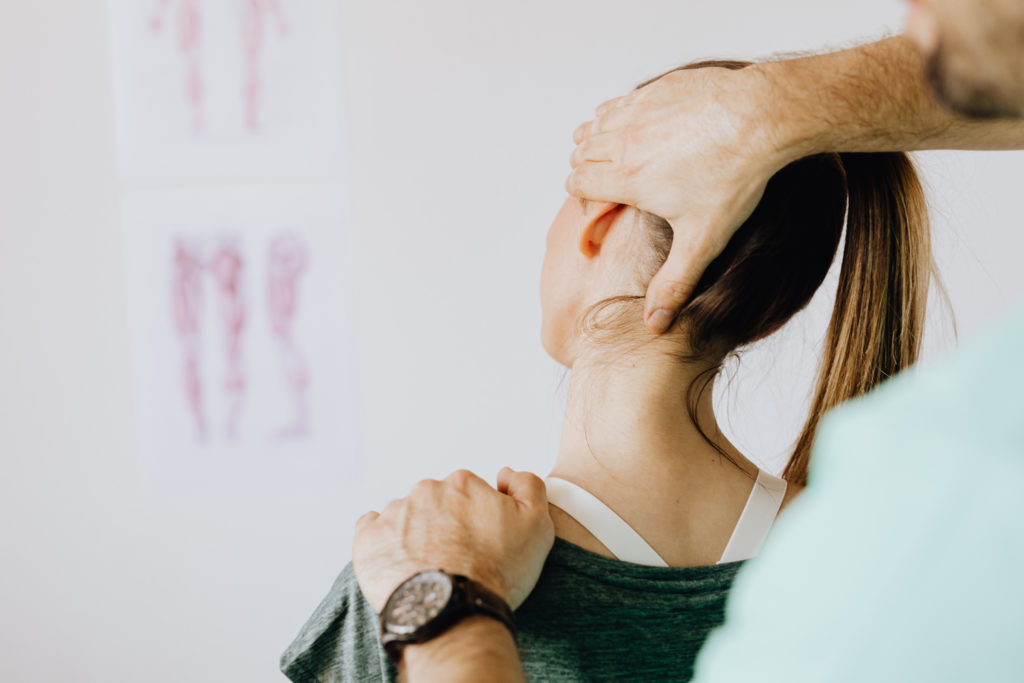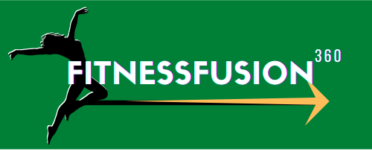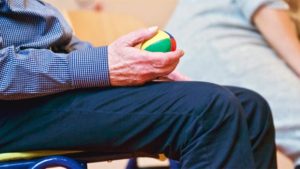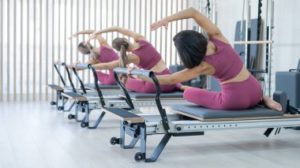Spondylosis Conditions – Smart Workouts for You

Spondylosis is a kind of arthritis propelled by wear and tear to the spine. Joint and discs generation are the primary causes of spondylosis. This condition can also occur when bone spurs develop on the vertebrae. These developments can compromise the spine’s movement, impair nerves, and other functions.
Several types of spondylosis develop in the various parts of the spine. They include lumbar, thoracic, multilevel, and cervical spondylosis. Cervical spondylosis is more common among the elderly, and it affects the neck.
Researchers have revealed that over 80% of people aged 60 and above have cervical spondylosis.
There are discrepancies to the effects of spondylosis among the sufferers; however, they don’t pose a severe threat to your life. Pain and stiffness are some of the symptoms of spondylosis.
If you’re suffering from this disorder, there is no need for panic since there is an array of smart exercises that you can partake in to alleviate symptoms and its effects. These exercises are proven effective in mitigating spondylosis among the sufferers.
Here are the most effective smart workouts that anyone suffering from spondylosis should incorporate in his or her daily routine:
Massage

Massage is a smart exercise that prompts muscles to relax while at the same time, calming the mind. A professional massage therapist can work on tight muscles and alleviate muscle spasms. When suffering from spondylosis, the muscles close to the spine usually tense, resulting in pain. A good massage is ideal as it aids in easing muscle inflammation as well as pain.
Yoga/Pilates
Yoga and Pilates workouts are geared towards mind-body connection to help you concentrate on breathing while partaking controlled movements. They stimulate the body to relax as you fortify your primary and spinal muscles. However, Yoga/Pilates doesn’t do wonders for all people, thus the need to consult your doctor before commencing a program.
Stretches
Stretches’ workouts do a commendable job to our backs. As the pain wanes, we should embark on strengthening muscles pivotal to the lower back. Strengthening will help us avoid problems linked to backache in the future. Consult your doctor to find out if stretching can do you any harm.










